The first piece of the Euclid space telescope’s map of the universe is crammed with 14 million galaxies and 100 million sources of light. The mapping project is now 1% done.


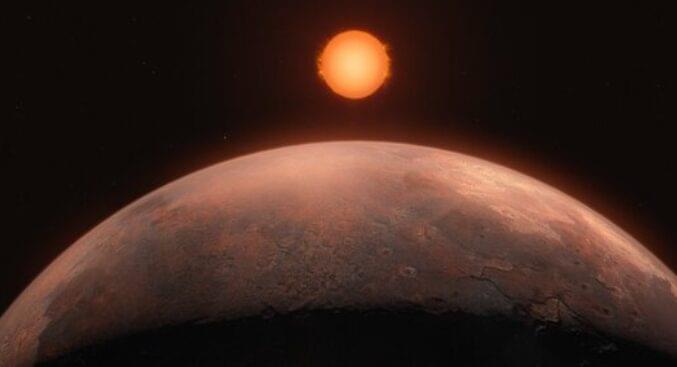
Using the European Southern Observatory’s Very Large Telescope (ESO’s VLT), astronomers have discovered an exoplanet orbiting Barnard’s star, the closest single star to our sun. On this newly discovered exoplanet, which has at least half the mass of Venus, a year lasts just over three Earth days. The team’s observations also hint at the existence of three more exoplanet candidates, in various orbits around the star.
Located just six light-years away, Barnard’s star is the second-closest stellar system—after Alpha Centauri’s three-star group—and the closest individual star to us. Owing to its proximity, it is a primary target in the search for Earth-like exoplanets. Despite a promising detection back in 2018, no planet orbiting Barnard’s star had been confirmed until now.
The discovery of this new exoplanet—announced in a paper published today in the journal Astronomy & Astrophysics—is the result of observations made over the last five years with ESO’s VLT, located at Paranal Observatory in Chile. “Even if it took a long time, we were always confident that we could find something,” says Jonay González Hernández, a researcher at the Instituto de Astrofísica de Canarias in Spain, and lead author of the paper.
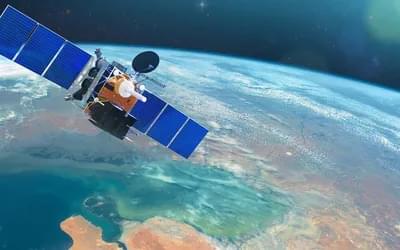
The magnitude of the SpaceX Starship prototype.
Video Credit: Nik Cooper.
#starship #engineering #technology #space #rockets.
Stay ahead of the curve!
Follow more cutting-edge space technology content, including research, reports and articles on Wevolver: https://
Simulations at Caltech model a new way for autonomous spacecraft to avoid collisions. This technology holds promise for autonomous vehicles on Earth as well as in space.
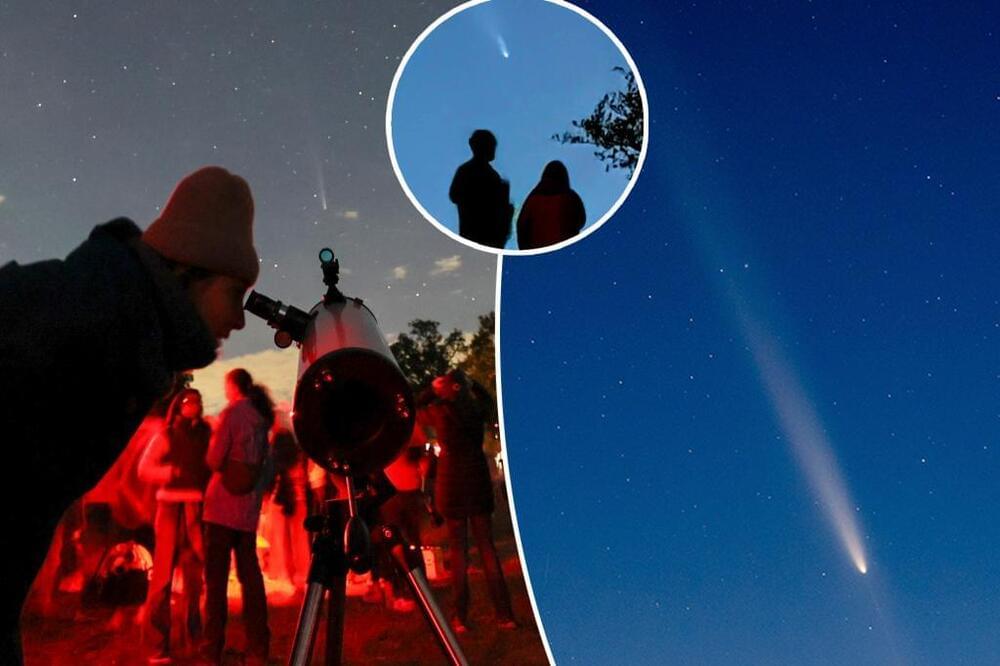
Talk about a Halloween treat.
A recently discovered comet will be blazing by the Earth in broad daylight just in time for Halloween, astronomers say.
Comet C/2024 S1, first found at the end of September, will pass around the Earth on Oct. 24, according to planetary astronomer James Wray of the Georgia Institute of Technology, who advises to “look low in the eastern sky just before sunrise.”
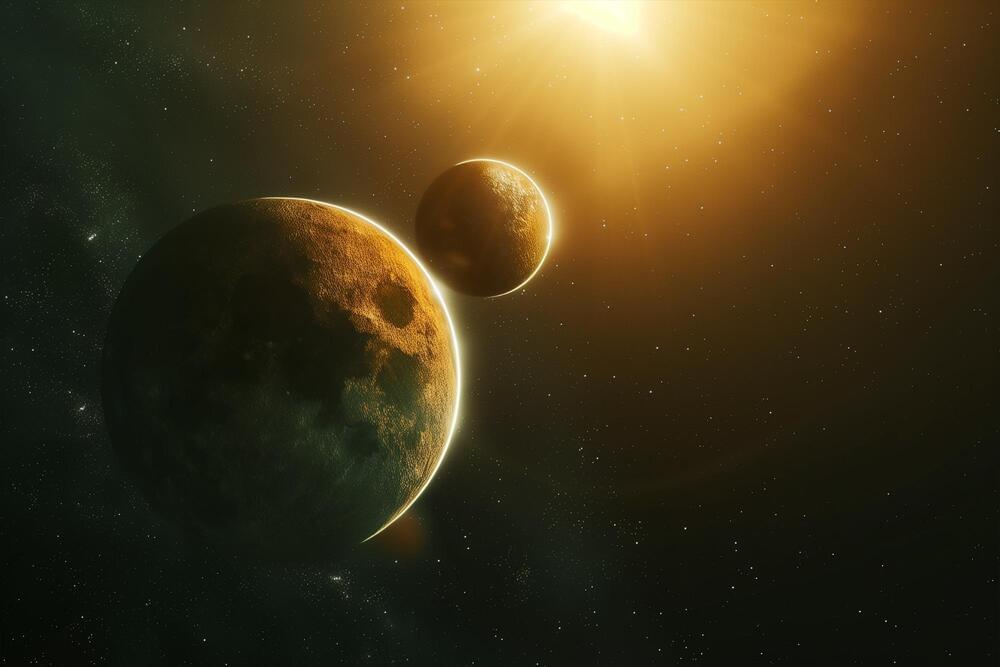
Researchers have discovered the Neptunian Ridge, a region packed with planets, located between the Neptunian Desert and Savannah. This finding sheds light on how planets migrate and evolve in different environments.
A new ‘map’ of distant planets has been unveiled by scientists from The University of Warwick, which finds a ridge of planets in deep space, separating a desert of planets from a more populated savannah.
Researchers from Warwick and other universities examined Neptunian exoplanets – these planets share similar characteristics to our own Neptune, but orbit outside of our solar system.
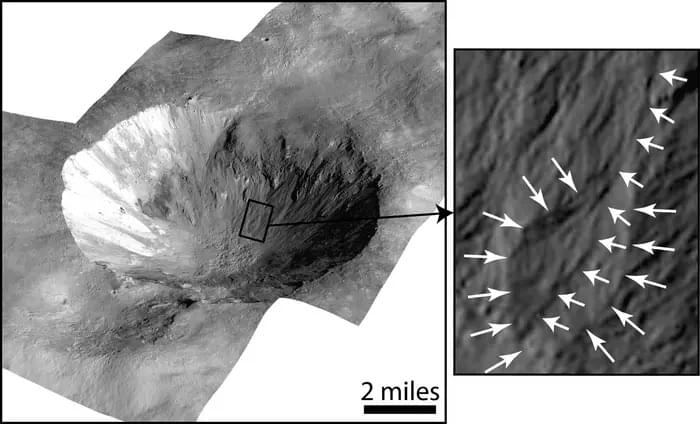
“Through our simulated impacts, we found that the pure water froze too quickly in a vacuum to effect meaningful change, but salt and water mixtures, or brines, stayed liquid and flowing for a minimum of one hour,” said Dr. Michael J. Poston.
How does extra salty water, also known as briny water, form and evolve on worlds without atmospheres, such as asteroids and moons? This is what a recent study published in The Planetary Science Journal hopes to address as a team of researchers investigated how briny water could still flow for a period of time on the asteroid Vesta after large impacts resulted in the melting of subsurface ice. This study holds the potential to help researchers better understand the geological and chemical processes on planetary bodies without atmospheres and what this could mean for finding life as we know it.
“We wanted to investigate our previously proposed idea that ice underneath the surface of an airless world could be excavated and melted by an impact and then flow along the walls of the impact crater to form distinct surface features,” said Dr. Jennifer Scully, who is a planetary geologist at NASA’s Jet Propulsion Laboratory (JPL) and a co-author on the study.
For the study, the researchers used a JPL test chamber to analyze how liquid samples responded to rapid drops in atmospheric pressure on the asteroid Vesta, thus simulating the conditions of a high-speed impact, which also includes the very brief creation of an atmosphere resulting from that impact. In the end, the researchers made some intriguing findings that could help scientists better understand the geological and chemical processes that occur on planetary bodies without atmospheres.
Thanks for watching Matter!
🔔 Hit the bell next to Subscribe so you never miss a video!
❤️ Like, Comment and Subscribe if you are new to the channel!
Scientists FINALLY FOUND a new way to travel faster than light!
The idea of using “warp drive” technology, which used to be just a fantasy, is now becoming a real scientific topic. This is a big shift in how we think about exploring space. Think about it: right now, space travel is super slow. For example, Voyager one, a spacecraft launched in nineteen seventy-seven, took thirty-five years just to leave our solar system. But if we could travel faster than light, the possibilities for exploration would skyrocket. We could go from being stuck on Earth to becoming explorers of the whole universe. But we have to ask ourselves: are the same laws of physics that hold us back also hiding the secret to breaking free?
This concept could change the game for space travel, showing us that the physicist’s speed limit might not be as final as we thought. If we stop thinking about speed in the traditional way and focus on bending space itself, we might be able to do what once seemed impossible. The potential is mind-blowing. If we could actually make this work, it would transform our relationship with space. Suddenly, interstellar travel wouldn’t be just a dream—it could become a reality. We could visit distant galaxies, study planets far from our solar system, and even start colonies on other worlds.
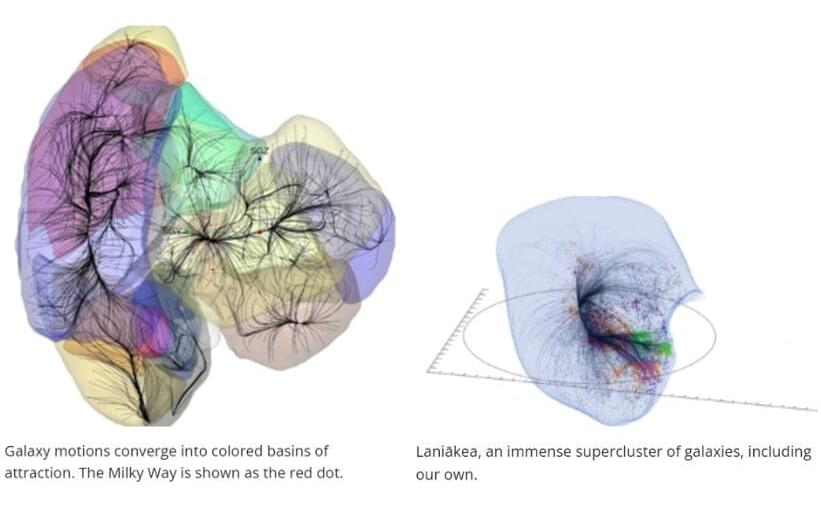
The Cosmicflows team has been studying the movements of 56,000 galaxies, revealing a potential shift in the scale of our galactic basin of attraction. A team of international researchers guided by astronomers at University of Hawai’i Institute for Astronomy is challenging our understanding of the universe with groundbreaking findings that suggest our cosmic neighborhood may be far larger than previously thought.
A decade ago, the team concluded that our galaxy, the Milky Way, resides within a massive basin of attraction called Laniākea, stretching 500 million light-years across.
However, new data suggests that this understanding may only scratch the surface.
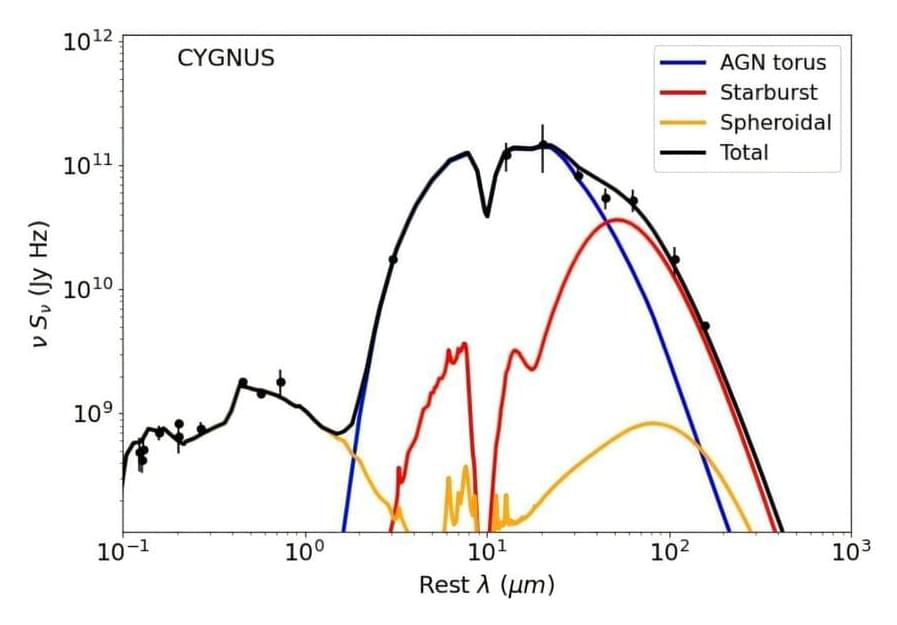
Astronomers from the European University Cyprus and the University of Hawaii have investigated a recently discovered obscured hyperluminous quasar known as COS-87259. Results of the study, published October 14 in the Monthly Notices of the Royal Astronomical Society, shed more light on the properties of this quasar.
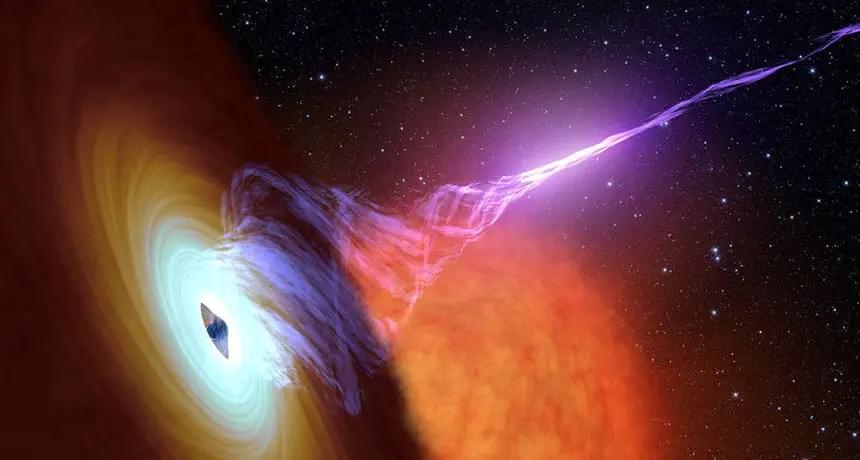
A plasma jet from galaxy M87 appears to move five times faster than light.
In the world of astronomy, a peculiar and seemingly impossible phenomenon is unfolding in galaxy M87. A beam of plasma, or energy, is shooting out from the galaxy’s core and appears to travel at five times the speed of light, as observed by the Hubble Space Telescope. Though this illusion has been known since 1995, it continues to challenge our understanding of the universe’s laws, particularly the cosmic speed limit that states nothing can move faster than light.